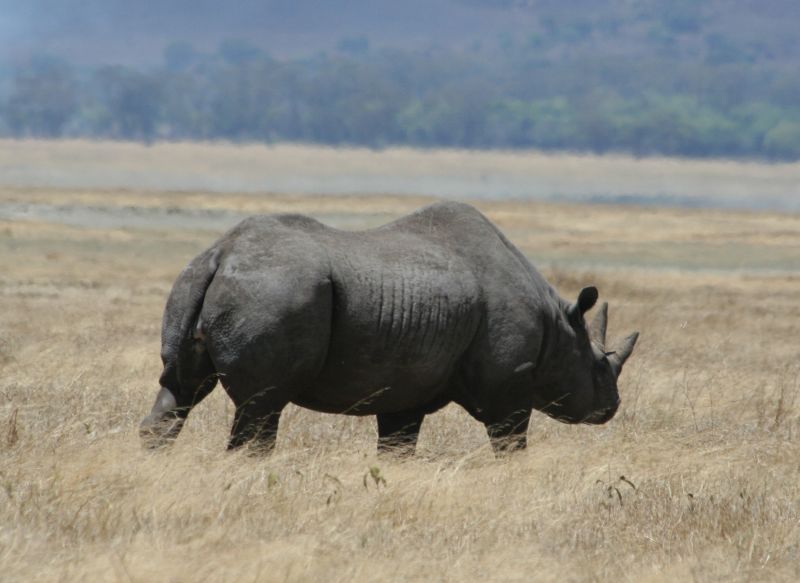 |
| whatsthatbug.com |
Think about it. Wherever you are, right now, get up and go outside. I guarantee you it will take less than ten minutes to find a fascinating arthropod.
They are everywhere. On the land, in the sea, burrowing through the rich earth. They were the first organisms to spread wings and conquer the sky.
Basically, they are flat out amazing.
 |
| kenthebuguy.com |
There is a predatory beetle that runs so fast it goes blind while in motion. Another beetle mixes chemicals in it's abdomen and shoots the napalm-like mixture from it's abdomen like a fiery water gun.
| scienceblogs.com |
In closing, I pretty much love anything with an exoskeleton and that is not going to change anytime soon. I try to keep the natural wonders on this blog spread across a pretty even spectrum, but expect a preponderance of posts on insects and their kin.
If you are like many people out there, and you think
"bugs" are gross or in some way beneath you, then you probably don't belong here.
If you're like me, however, and you love all the organisms on this fabulous planet, then please come often and let me share these wonders with you.
I deeply thank you for the privilege.





